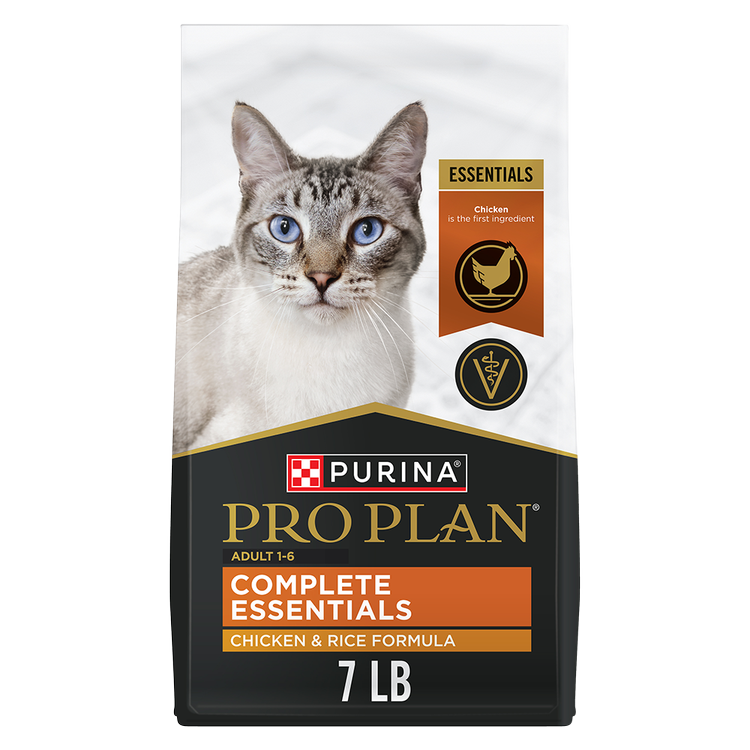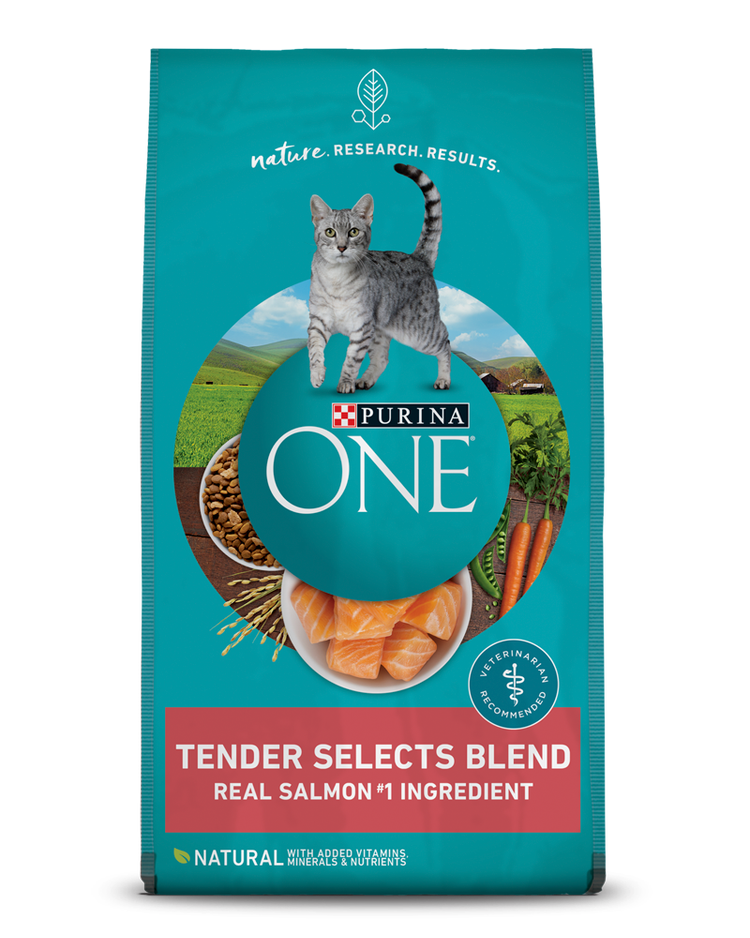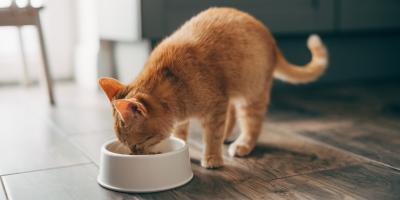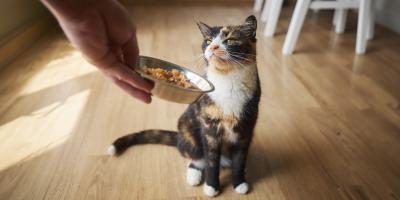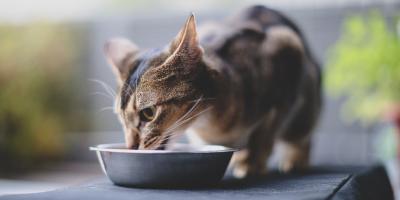7 Tips on How to Feed a Cat


Mealtimes are the perfect opportunity to bond with your cat, but it can be tricky to make it enjoyable for you both each time.
Cats are unique and may have different preferences when it comes to the flavors, smells and textures of their food. Finding a cat food she enjoys that is also complete and balanced is the first step in feeding a cat.
There are several other factors to consider, from the type of dish you use, to the placement of her dish and how much and how often to eat. With guidance from our experts, mealtimes can become a time for connection and relaxation together.
Guide to How to Feed a Cat
1. Choose the Right Cat Food
The first step is finding the right food for your cat. You’ll want to consider your cat’s age, weight, overall health and whether she’s an indoor cat or not.
Kittens need kitten food, whereas cats over age seven may benefit from a senior cat food. Cats in between can thrive on an adult maintenance formula.
In addition to choosing a food based on her age and other needs, like hairball control, you also have a variety of flavors and textures to choose from. You can feed dry or wet cat food or a combination of the two.
Flavors and textures can range from chicken or fish to crunchy or creamy. You may need to try several before finding something your cat loves.
2. Determine Amount of Food Needed
Regardless of the type of food you choose, it’s important to ensure you feed the correct amount each day. Overfeeding could lead to weight gain, which can cause other health problems.
Refer to the feeding instructions on the cat food label to determine how much to feed your cat each day. If your veterinarian says your cat has become overweight, you’ll need to decrease the recommended amounts to avoid overfeeding.
Keep in mind that spaying or neutering decreases a cat’s energy needs by almost 30 percent, which can lead to weight gain. Talk to your veterinarian about how to adjust your cat’s diet after her surgery to avoid weight gain.
3. Establish a Feeding Schedule & Routine
A feeding routine will help your cat know what to expect at mealtimes and can make the process more enjoyable for you both.
You can put out an entire day’s serving of dry food each morning and cats can graze on it throughout the day.
If you or your cat prefer, you can divide the total amount of food each day into two or three meals.
Wet cat food should be consumed within 20 to 30 minutes of serving and any remaining food should be refrigerated and eaten within 24 hours of opening.
You can also try a refrigerated, automatic feeding bowl to feed your cat her wet food when you aren’t home.
4. Choose the Right Feeding Dish
Cats’ whiskers help them to navigate their surroundings, determine the width of openings and even communicate their mood.
Deep bowls with high sides may irritate your cat’s whiskers, which can negatively impact her mealtime experience. This phenomenon is described as “whisker stress” and can be upsetting to her.
The best types of cat bowls or plates are shallow and wide with a small lip. These types of dishes allow your cat to eat without any whisker irritation. A shallow bowl also lets her remain aware of her surroundings as she eats, which can make her feel more at ease.
Wide bowls or plates can help catch any stray bits of food, making cleanup easier for you when she’s finished.
5. Find a Good Location
It may be more convenient to stick your cat’s food dish in a corner out of the way, but this placement can put your cat on edge. If you have a multi-pet household, food location is even more important.
In nature, cats eat with a clear view of their surroundings so they can detect any approaching predators.
To make your cat feel more comfortable during mealtime, try putting her food bowl in an area with unobstructed views rather than in a corner. If you have other pets, you may want to consider putting her food bowl on a higher surface other pets can’t reach.
6. Try Feeding Toys
Feeding toys are a great way to incorporate more play and enjoyment into your cat’s mealtime. Puzzle feeders and food distributor balls encourage your cat’s drive to hunt.
These types of feeding toys can help keep cats occupied throughout the day and provide much-needed mental stimulation. They’re also helpful for cats who need to lose weight.
Rather than eating an entire day’s worth of food at once, they eat a little bit at a time and are active while doing so. Remember to check the toys at the end of the day to make sure your cat ate all the food.
7. Remember to Hydrate
Hydration may not come to mind when thinking about how to feed a cat, but it’s critical to her overall health. Many cats don’t drink enough water. Stagnant water in the wild often signals bacteria or parasites, so cats instinctively steer clear.
Your cat may have similar feelings toward a bowl of water sitting out. Replacing the water frequently (and using the right type of dish) can help. You could also try a cat water fountain, as many cats prefer running water. Some cats may be afraid of the noise the fountain makes, however, so it may or may not help.
Wet cat food can also provide another source of hydration for your cat.
Whether you’re bringing home a new cat, or you want to make mealtimes with your current kitty more enjoyable, following these tips can help.
For more feeding and nutrition tips from our experts, visit our Pet Expertise page.
Related articles
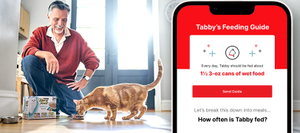
Customize Your Pet’s Nutrition
Get a personalized feeding guide for your dog or cat from Purina’s nutrition experts.


